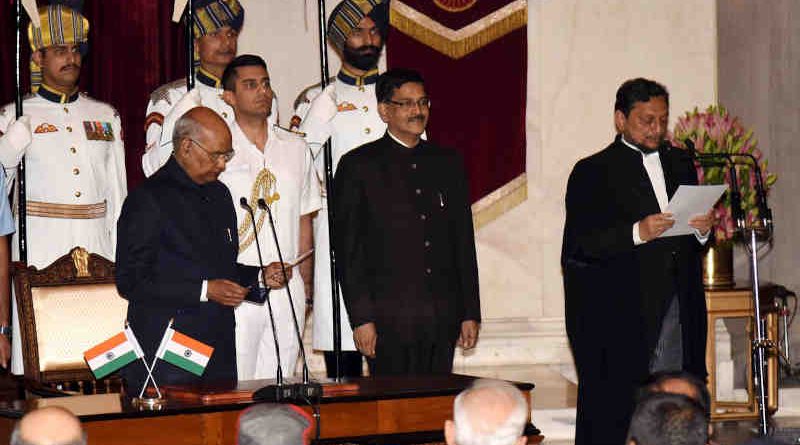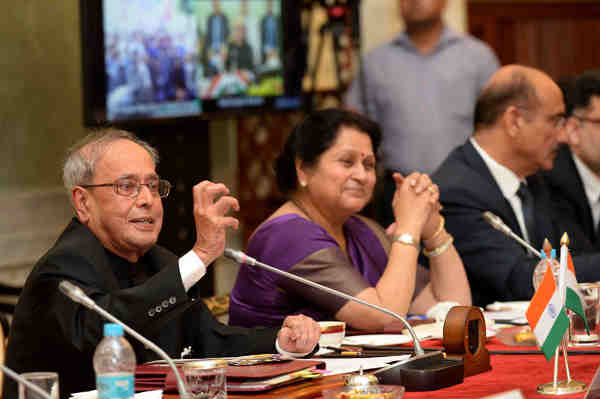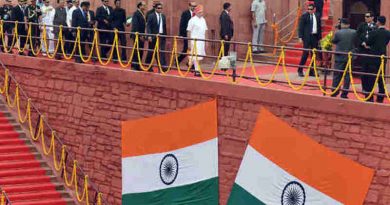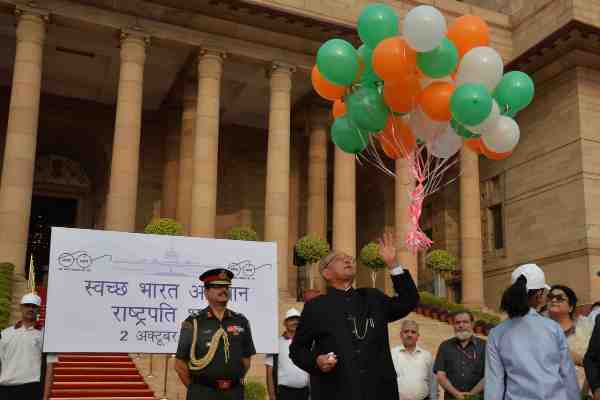Supreme Court Plans to Live-Stream Court Cases

Although it is a good step to introduce technology in courts, there are some major flaws in the e-Committee’s proposal.
By Rakesh Raman
In order to bring transparency to the judicial system, the Supreme Court of India has decided to use technology extensively in its processes. Among other areas, the e-Committee of the Supreme Court has suggested the adoption of ‘Live-Streaming’ and ‘Transcription’ of court proceedings in its e-Courts project.
The e-Committee has released a draft proposal for Phase III of the e-Courts project. It focuses on the augmentation of digital infrastructure and making critical services available to litigants and lawyers. Digital case registry, repository of case laws, digital case management, remote digital assistance, and virtual courts are parts of the plan.
Although it is a good step to introduce technology in courts, there are some major flaws in the e-Committee’s proposal. For example, the tech proposal does not address the issue of human subjectivity in admitting or dismissing court cases. Today, it largely depends on the whims of a judge who can accept, reject, or defer a case without giving any reason for their decision.
As the Indian judicial system has lost its credibility, the judges are frequently denying bails to the accused, ignoring habeas corpus petitions, delaying crucial cases that impact large sections of the society, and arbitrarily dismissing cases against the government politicians.
|
Courts in Autocratic Regimes In all autocratic regimes that work under the garb of democratic systems, the rulers silently use courts to impose their own decisions on citizens, and thus they suppress all kinds of dissent. |
If you evaluate the Supreme Court judgments (involving the government) through an Artificial Intelligence (AI)-based expert system, you will find that almost all the judgments or delays are biased in favour of the government. But there is no system to punish the judges who pronounce judgments influenced by their surreptitious links with politicians rather than any judicial reasoning.
As most judges behave like demigods, there is no accountability for their own lawlessness and misconduct in the courts. Dishonesty is so rampant in the Indian courts that the judges shamelessly accept unsigned notes given in sealed covers to acquit politicians in serious criminal cases. Technology can help address such arbitrariness in Indian courts, but the e-Committee has ignored this crucial aspect in its proposal.
If the e-Committee really wants to bring transparency to courts, it should first apply its live-streaming and transcription decision to the cases which were handled unscrupulously during the past few years.
These cases include Ayodhya temple case, Rafale corruption case, electronic voting machines (EVM) fraud case, PM-CARES Fund case, Article 370 case on Kashmir, Judge Loya death case, Gujarat riots case, Citizenship Amendment Act (CAA) case, Contract-for-Bribes case, electoral bonds case, judicial corruption case, sextortion case of former Chief Justice Ranjan Gogoi, and a number of other cases which still demand justice.
The e-Committee should also use a tech algorithm for the allocation of cases because in the past the cases against the government were allocated to those judges who dishonestly favour the government politicians. Judges should be forced to acquire domain knowledge and computers should assign the cases to them based on their domain expertise.
|
Artificial Intelligence in Judicial Systems In order to remove the human subjectivity and corruption from the judicial systems, computer scientists are increasingly using advanced information technology (IT) tools in the legal ecosystem. Artificial Intelligence (AI) and its use with Machine Learning (ML) are among the contemporary technologies that have proved their utility in the emerging justice system. The application of AI has already produced robot lawyers and chatbots that interact with humans to help them present their cases in traditional courts. But now research shows that digital algorithms are poised to bring more transparency to the justice system, as the conventional court judgments given by judges will be supported by the dedicated AI expert systems. |
Language is another limitation. While the e-Committee proposal has recommended live-streaming and transcription of proceedings, its implementation will fully expose the flawed English language used in court hearings and legal documents. If judges and lawyers are not fully trained to use English, live-streaming and publicly available vague transcriptions will further damage the image of Indian judiciary, which is struggling to regain its reputation.
Although there is an urgent need to deploy online systems during the ongoing Covid-19 crisis as most people are supposed to avoid traveling, it will be an uphill task for Indian courts to embrace virtual interfaces and anytime, anywhere digital systems. As many judges and lawyers are so primitive in their approach that they can’t even use an email properly, they will find it difficult to operate in digital courts.
Moreover, India is an underdeveloped country in terms of technology adoption. Almost all the government-to-citizen (G2C) digital interfaces such as the online public grievances systems and government websites exist as web junkyards. Even the email addresses of officials are not updated on government websites. With this horrific record, the e-Committee plans to introduce technology in court systems. Will it work?
The current e-Committee is chaired by Dr. Justice D.Y. Chandrachud, Judge, Supreme Court of India. Former judge of the Bombay High Court, Justice R.C. Chavan is the vice-chairperson of the committee.
Mr Atul Madhukar Kurhekar, Member (Processes), Mr A. Ramesh Babu, Member (Process Management), Ms R. Arulmozhiselvi, Member (Human Resources), and Mr Kuldeep Singh Kushwah, Member (Systems) are also the members of the e-Committee.
By Rakesh Raman, who is a national award-winning journalist and social activist. He is the founder of a humanitarian organization RMN Foundation which is working in diverse areas to help the disadvantaged and distressed people in the society.





